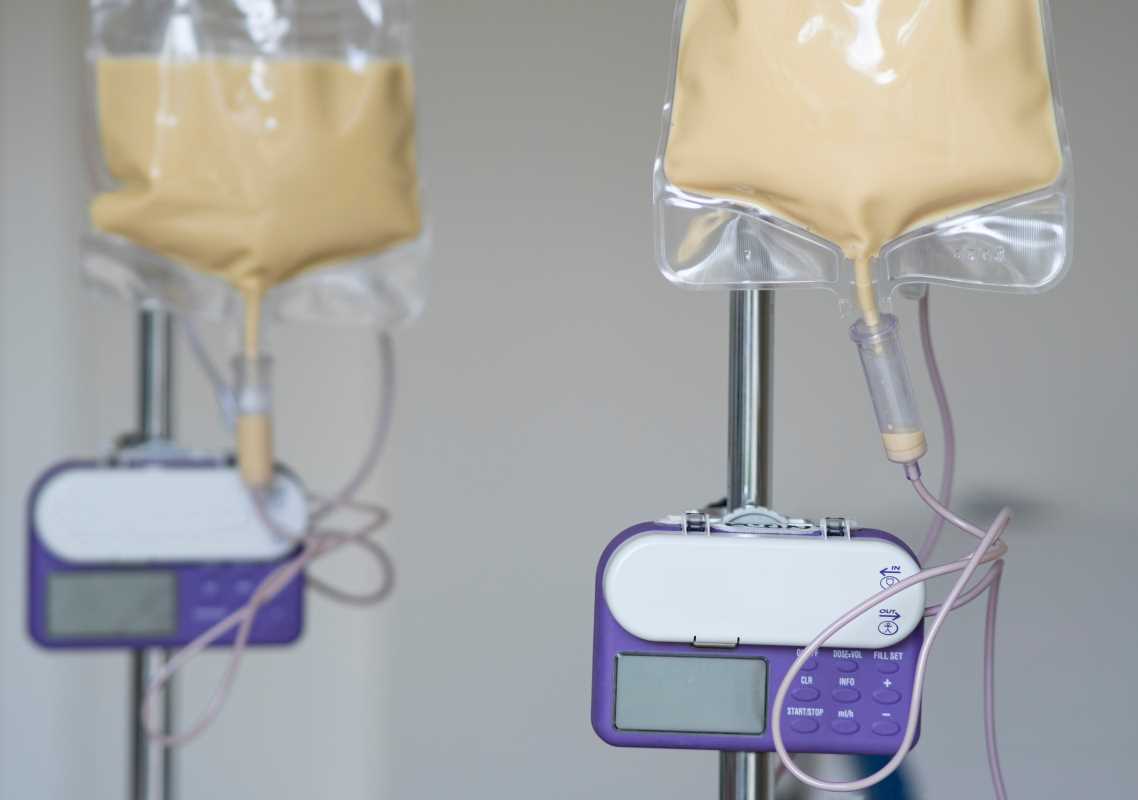Hearing that your child has been diagnosed with Type 1 Diabetes (T1D) can feel overwhelming. There’s no handbook that prepares parents for managing a chronic illness, and it’s common to experience a wave of emotions. You might feel scared, confused, or unsure of where to even begin. But take a deep breath, because while a T1D diagnosis is life-changing, it’s also manageable with the right approach, support, and knowledge.
This guide is here to help you take those first steps as a family. From understanding what Type 1 Diabetes is, to building a daily care routine, to finding emotional support, there are practical ways to adapt and help your child lead a healthy, happy life.
Understanding Type 1 Diabetes
The first step in managing Type 1 Diabetes is understanding what it is and how it affects your child’s body. When you grasp the basics, it becomes easier to tackle the day-to-day care.
What Is Type 1 Diabetes?
Type 1 Diabetes is an autoimmune condition. This means your child’s immune system mistakenly attacks their insulin-producing cells in the pancreas. Insulin is a hormone that helps the body regulate blood sugar levels by turning sugar (glucose) into energy. Without insulin, glucose builds up in the blood, leading to high blood sugar (hyperglycemia). Kids with T1D need daily insulin to keep their blood sugar within a healthy range.
It’s important to know that Type 1 Diabetes isn’t the result of anything you or your child did. It’s not caused by eating too much sugar or poor parenting. It’s simply an autoimmune response that no one fully understands yet.
Learn the Lingo
You’ll hear new terms like “blood glucose monitoring,” “insulin injections,” and “carb counting” thrown around. At first, it might feel like learning a foreign language. Take things one step at a time. Begin by understanding a few basics:
- Blood glucose levels: The amount of sugar in your child’s blood, monitored multiple times a day.
- Insulin: A hormone your child will need through injections or a pump to regulate their blood sugar.
- Carb counting: Tracking the amount of carbohydrates your child eats to calculate insulin doses.
Don’t be afraid to ask your healthcare team to break things down or repeat explanations. Mastery comes with time and practice.
Building a Care Routine
Once you understand the basics, the next step is adjusting your family’s daily life to include diabetes management. This might feel like a lot at first, but creating a consistent care routine will make things more manageable.
Blood Sugar Monitoring
Your child will need to check their blood sugar throughout the day, usually before meals, after physical activities, and at bedtime. The numbers will help you understand how foods, activities, and medications impact their glucose levels.
If your child is using a blood glucose meter, they’ll prick their finger to test their blood. Alternatively, a continuous glucose monitor (CGM) might be part of their care plan. A CGM tracks blood sugar levels in real-time and sounds an alert if levels go too high or too low.
Insulin Administration
Children with T1D need insulin daily to keep their blood sugar stable. Insulin can be delivered in two common ways:
- Injections: Using a syringe or insulin pen.
- Pump: A small device that delivers insulin continuously through a tiny tube under the skin.
Your healthcare team will guide you in understanding how much insulin your child needs and when. It’s a bit of trial and error at first, but soon you’ll develop a confident rhythm.
Meal Planning
Carbohydrates influence blood sugar levels the most, so learning how to manage them is essential. Your dietitian or diabetes educator will teach you how to count carbs and balance them with insulin doses.
Meals don’t have to be boring or overly restrictive. With planning, your child can enjoy a variety of foods. The key is moderation and understanding how different foods impact their blood sugar.
Being Prepared for Highs and Lows
Blood sugar can spike (hyperglycemia) or drop too low (hypoglycemia), and both require quick action.
- For high blood sugar: Extra insulin may be required to bring levels back into range.
- For low blood sugar: Keep quick-acting sugar sources like juice boxes or glucose tablets on hand.
Your healthcare team will provide a plan for addressing these situations. Over time, you’ll grow more confident in spotting and managing both highs and lows.
Emotional Support for Your Child and Family
A T1D diagnosis doesn’t just impact your child; it affects the entire family. Taking care of emotions is just as important as managing blood sugar levels.
Helping Your Child Adjust
A T1D diagnosis can feel scary and isolating for your child. They may worry about being “different” from their peers or feel upset about needing extra medical care. Create an open space for them to share their feelings.
- Reassure them: Remind them that it’s okay to feel upset or frustrated.
- Take baby steps: Gradually involve them in their care, like letting them help with blood sugar checks.
If they struggle emotionally, consider seeking counseling or connecting them with T1D support groups for kids. Hearing from others with T1D can help them feel less alone.
Managing Parent or Family Stress
Caring for a child with T1D can feel overwhelming at times. It’s normal to feel anxious, frustrated, or even guilty. But remember, you don’t have to do this alone.
- Delegate tasks: Share responsibilities with other family members or caregivers.
- Build a support network: Join local or online parent groups who understand what you’re going through.
- Focus on self-care: Taking care of yourself ensures you can be there for your child.
Keeping Siblings in the Loop
If you have other children, they might feel confused or left out as so much attention shifts to their sibling’s diagnosis. Explain T1D to them in a simple way and involve them where appropriate, like helping pack snacks or cheering their sibling on.
Finding Resources and Support
You don’t have to tackle T1D alone. There are countless resources available to help you and your child adapt.
Work with Your Healthcare Team
Your child’s endocrinologist, diabetes educator, dietitian, and nurse will provide essential knowledge and tools. Don’t hesitate to ask questions or request additional training.
Education Is Empowering
Learning as much as you can about T1D will empower you to handle daily challenges with confidence. Check out trusted websites, books, and online forums created specifically for families navigating T1D.
Tap Into Community Support
You’re not alone in this. Connect with other families who understand what you’re experiencing. Many communities and organizations host support groups, camps, and activities for kids with T1D, giving them a chance to bond with peers in similar situations.
School and Activity Preparation
Inform your child’s school about their T1D diagnosis. Collaborate with teachers, school nurses, and coaches to create a 504 Plan, which lays out accommodations like access to snacks, bathroom breaks, or monitoring during tests.
 (Image via
(Image via





